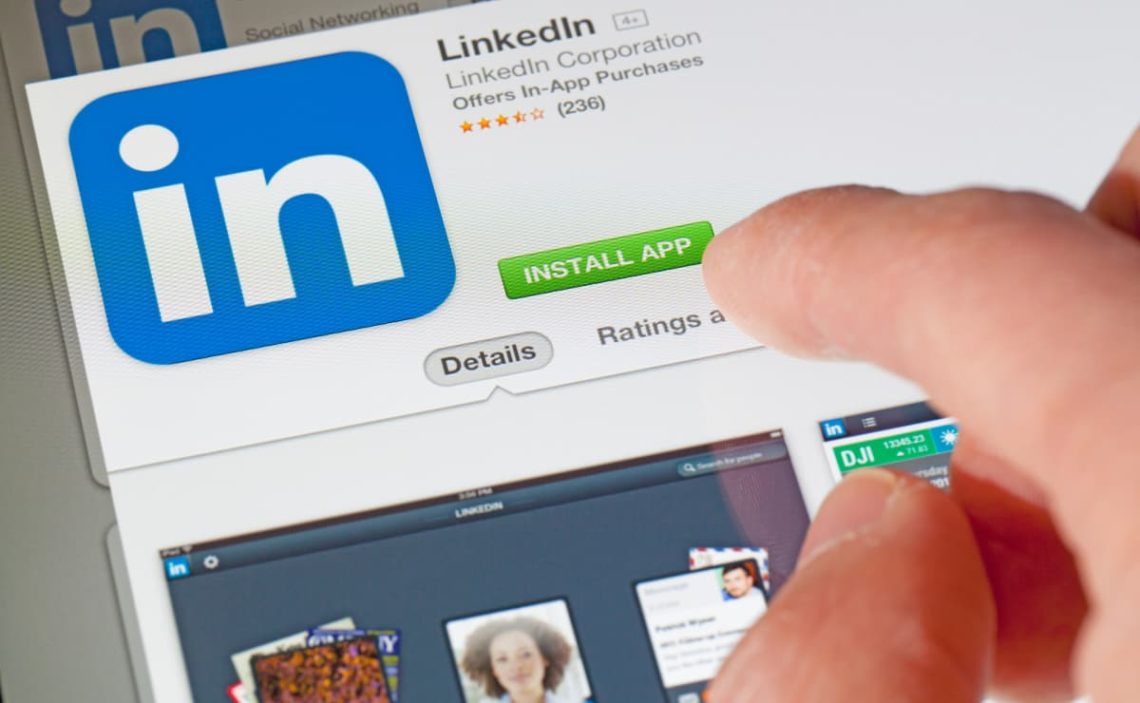LinkedIn is widely used by students seeking to position themselves for their future jobs and by established professionals. This tool also allows you to reach potential new clients. Therefore, it is not only a way to position your professional profile: it can also be used as a recruitment tool.
One of the most interesting tools of this service is LinkedIn InMail. Let’s learn more about how it works and how to get more credits. It should be noted that the policy of this platform has been slightly modified on credits for inmail.
What is LinkedIn InMail, and how is it used?
It is a messaging model, but very different from conventional messaging or e-mail. Through this service, it is possible to establish new relationships, open new professional or business contacts and maintain communication with people of interest. That can be used when positioning your professional profile: also when trying to expand your business or prospecting for new clients.
The operation of this service is based on a limited number of messages. Except for the platform’s premium customers, the average user has a limited number of monthly statements. Once this amount has been used, it will only be possible to use the service if additional InMail credits are purchased (starting at $10).
Many people who wish to use this service want to avoid bearing these costs. We will look at alternative options that would allow you to avoid the payment. This way, you could comment on your credit number without paying any cost.
Changes in InMail credit policies
First of all, it’s important to review what the LinkedIn platform’s changes to InMail credits have been like.
Not long ago, these credits were granted after sending an unanswered message. That meant that the number of free messages could multiply exponentially. The platform understood this could be an abusive use, deliberately seeking to send unanswered messages.
After the change, all users have a limited monthly number of free messages. Depending on the type of account you have associated. Once this limit has been exceeded, you are no longer entitled to more messages unless you purchase credits or your user level allows you to extend them.
Is it possible to obtain more InMail credits?
The answer is yes. But it requires taking into account some aspects and performing certain tasks.
Before requesting more credits, it is ideal for saving the credits you have. For example, when you send a message to someone, and they are a member of a common group, this will not affect your credits.
The process for the above is simple, check if the recipient of your messages has a common group with you. Once you have reviewed it, go to the group page, select the option to view all members, choose the member you want to contract with and send the message.
Remember that according to the new InMail policy, you can get unlimited messages. But, to do so, you would need to get an absolute response rate, that is, that 100% of your messages would be answered. That is practically impossible.
However, the higher the response rate, the more you may still be able to get some free credits. What’s more, this may be higher than what you were getting before the change.
Why does the response rate have an impact on InMail credits?
The answer is quite simple: because of the platform’s policy change. Previously LinkedIn offered a diametrically opposite reward. You received credits when you had a low response. In other words, the fewer users responded to your messages, the more credits you got. Now that this has changed, the positive response rate is considered to be the best reward for obtaining credits.
Here is an example: before the policy change, if you sent 50 messages but only received ten replies, the platform could offer you back the 40 unanswered messages in the form of InMail credit.
Currently, users with higher responses receive more free credits to send; in fact, as we said, if you reach 100%, it means that you will have unlimited messages per month.
The explanation is quite simple: avoiding generic messages, spam, or taking advantage of a system trying to boost connections between users.
So, as you can see, LinkedIn has given a superior added value to its InMail system. It would be best if you tried to take very good care of your credits and, in addition, boost the messages in search of a response beyond mass messages, etc.
Actually, the model has not changed much for those who want to use this internal communication model on the platform as a positive tool beyond spam. You indeed depend a lot on the response of third parties. However, it seems a more effective way to clean up our inboxes and give real value to communications: those we send and receive.


